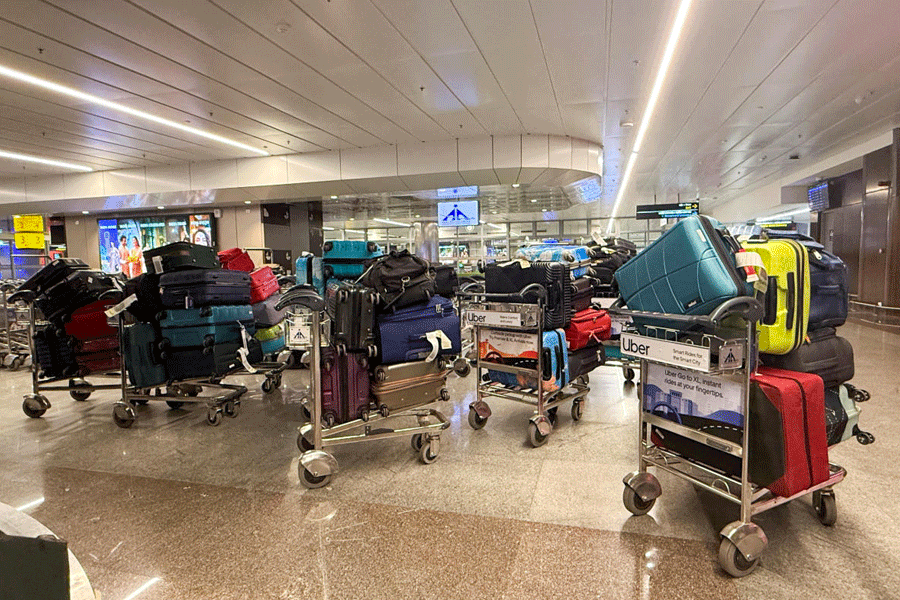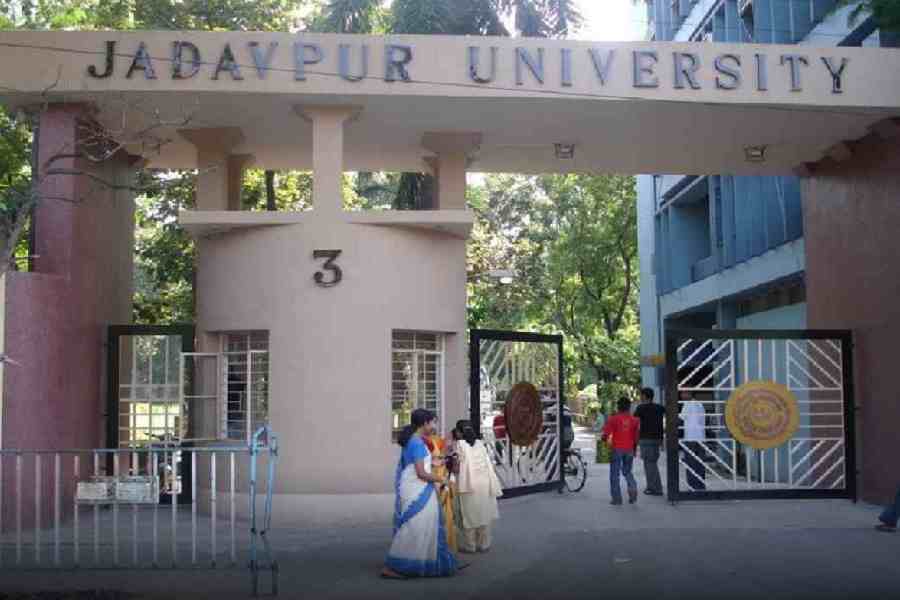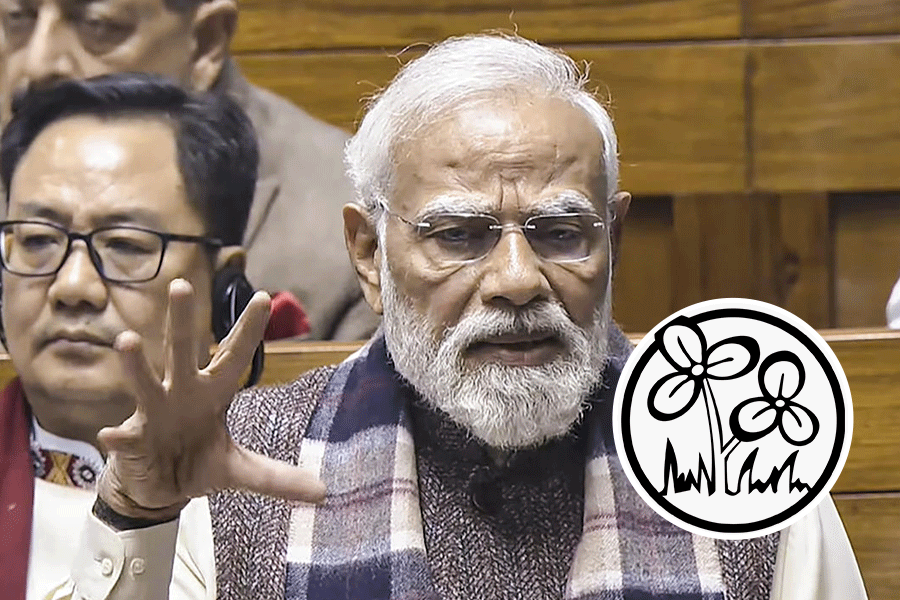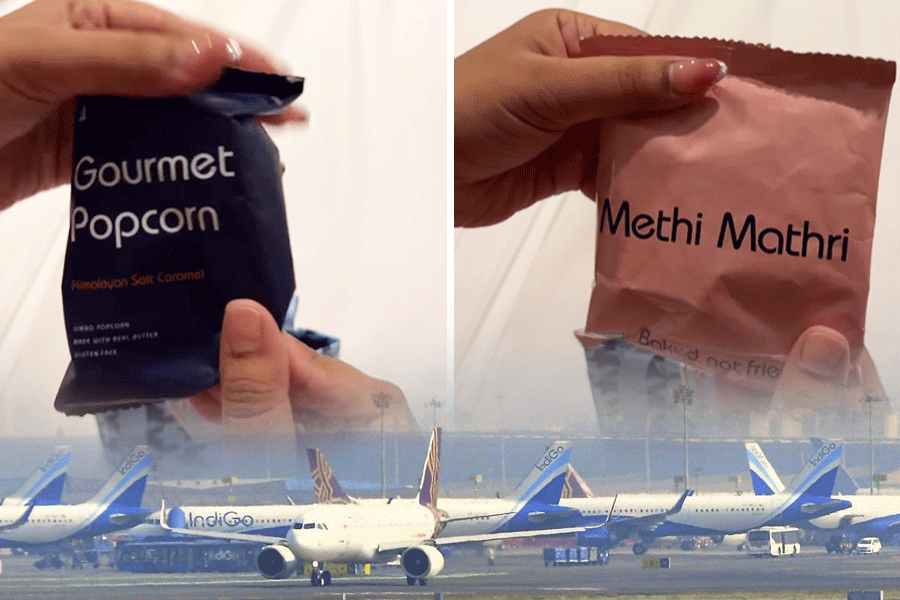Jamshedpur: The Centre for Science and Environment (CSE), the New Delhi-based leading research outfit, has suggested four key areas which the District Mineral Foundation (DMF) of West Singhbhum should prioritise over the next three to five years.
A survey on 'Potential of District Mineral Foundation (DMF) in West Singhbhum' conducted by the institute stated that the most important issue was to reduce infant mortality, under-5 mortality and malnutrition. The report pointed out that infant mortality rate (IMR) in the district was 57 and U5MR (under-5 mortality rate) was 96. The survey said 60 per cent children below the age of five were malnourished.
Treated clean water to households in mining zones, anganwadi schools and healthcare centres is crucial, the report, released during a public meeting in Chaibasa on Tuesday, stated. At the meeting, the CSE officials interacted with members of panchayati raj institutions and civil society outfits from the mining zones of Noamundi, Manoharpur and Jhinkpani blocks.
"The survey was carried out in May and June last year with the objective of assessing the needs of people affected by mining in West Singhbhum," said Srestha Banerjee, programme manager of CSE.
Notably, Jharkhand has more than Rs 2,500 crore DMF funds with West Singhbhum topping the list with Rs 370 crore. "DMF can improve the life of people living in mining areas. It will be very unfortunate if infants and children continue to die or remain malnourished in West Singhbhum wh-ich has more than Rs 370 crore in the DMF ," said Banerjee.
She said there's a huge opportunity to make innovative investments to improve child health, infrastructure and resources and education. The money can be used for immediate and long-term investments," she added.
The report also pointed out that in mine-affected areas of Noamundi, Jhikpani, Manjhari and Chaibasa, anganwadis are serving three times their capacity. Moreover, many anganwadis do not have permanent structures, drinking water and toilet facilities. In Noamundi, 46 per cent of the anganwadis do not have permanent structures and almost none of the anganwadis have drinking water facilities on the premises, leave aside treated water for children, revealed the survey.
The survey also revealed that both ground and surface water pollution happens due to run-offs from mining areas and mine discharges. Around 92 per cent households in Manoharpur and around 68 per cent in Noamundi do not have access to treated tap water.
Chinmayi Shalya, a senior CSE officer, said the report would be submitted to West Singhbhum district administration for corrective action.










